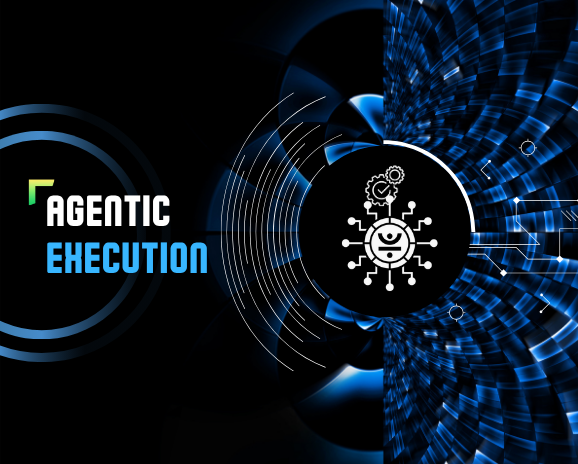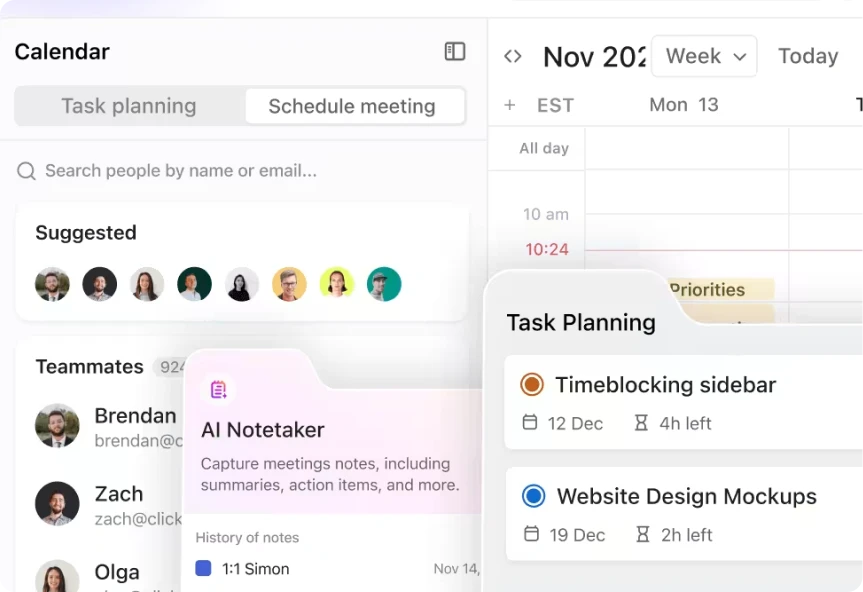Stop Drowning in Test Debt: How Agentic Orchestration Tames the CI/CD Pipeline

Software development has hit hyperdrive. Groundbreaking AI tools like Devin, GitHub Copilot, and Amazon Code Whisperer are transforming the SDLC landscape
, with AI assistants now contributing to a substantial volume of code. But as engineering teams rocket forward, a critical question emerges: what about QA?
While development speeds accelerate, traditional quality assurance practices are struggling to keep up, creating a dangerous bottleneck in the delivery pipeline. Legacy methods, bogged down by time-consuming manual testing and automation scripts that demand up to 50% of an engineer’s time just for maintenance, simply cannot scale. This widening gap doesn’t just cause delays; it creates a massive test debt that threatens to derail your innovation engine.
The answer isn’t to hire more testers or to simply test more. The answer is to test smarter.
This is where a new paradigm, agentic orchestration, comes into play. We’d like to introduce you to Qyrus SEER, an intelligent, autonomous testing framework
built on this principle. SEER is designed to close the gap permanently, leveraging a sophisticated AI orchestration model to ensure your quality assurance moves at the speed of modern development.
The QA Treadmill: Why Old Methods Fail in the New Era
- The Manual Testing Bottleneck: The first casualty in this new race is manual testing . It’s an anchor in a sea of automation. When developers deploy AI-generated code with unprecedented speed, manual processes simply cannot keep up. It’s no surprise that 35% of companies identify manual testing as the single most time-consuming activity in their test cycles, making it a guaranteed chokepoint.
- The Crushing Weight of Maintenance: For those who have embraced automation, a different nightmare emerges. Traditional, script-based automation is incredibly brittle. As AI-accelerated development causes applications to change more rapidly, the maintenance burden becomes unsustainable. Teams spend more time fixing old, broken tests than they do creating new ones to cover emerging features, trapping them in a reactive, inefficient cycle.
- The Growing Skills Gap Crisis: Perhaps the most significant barrier is the human one. There’s a stark paradox in the industry: while a massive 82% of QA professionals recognize that AI skills will be critical in the coming years, a full 42% of today’s QA engineers lack the machine learning expertise needed to adopt these new tools. This crisis delays the implementation of effective agent orchestration, leaving teams without the internal champions required to lead the charge.
Intelligent Agentic AI Orchestration: Meet the Conductor of Chaos
This is where Qyrus SEER introduces a new paradigm. This isn’t just another tool to add to your stack; it is a fundamental shift in how quality is managed, built upon one of the most advanced AI agent orchestration frameworks available today. Think of SEER not as a single instrument, but as the conductor of your entire testing orchestra. It intelligently manages the end-to-end workflow, ensuring every component of your testing process performs in perfect harmony and at the right time. This is the future of testing, a trend underscored by the fact that 70% of organizations are on track to integrate AI for test creation, execution, and maintenance by 2025.
At its core, SEER’s power comes from a simple yet profound four-stage cycle:
Sense → Evaluate → Execute → Report
Inside the Engine of Agentic AI Orchestration
Sense: The Ever-Watchful Sentry
- Monitoring your repositories like GitHub for every code commit, merge, and pull request.
- Observing design platforms such as Figma to detect UI and UX modifications as they happen.
Evaluate: From Change to Actionable Insight
- When a developer commits code, SEER parses the changes to identify precisely which APIs and backend services are affected.
- When a designer updates a layout in Figma, SEER maps those visual changes to the corresponding user journeys and test scenarios.
Execute: The Precision Strike
- For backend changes, it can deploy API Bots to conduct targeted tests on the impacted services.
- For frontend modifications, it uses the Qyrus Test Pilot (QTP) to execute UI tests that reflect the new designs.
Report: Closing the Loop with Clarity
The final stage is to deliver feedback that is both rapid and insightful. SEER generates clear, concise reports that detail test outcomes, code coverage, and performance metrics. But it doesn’t just send an email. It integrates these results directly into your CI/CD pipeline
and development workflows, creating a seamless, continuous feedback loop. This ensures developers and stakeholders get the information they need instantly, allowing them to make confident decisions and accelerate the entire release cycle.
The Old Way vs. The SEER Way
| Feature | Traditional QA (The Bottleneck) | Qyrus SEER (Agentic Orchestration) |
|---|---|---|
| Trigger | Manual start or fixed schedules | Real-time, triggered by code commits & design changes |
| Scope | Run entire regression suite; “test everything” approach | Intelligent impact analysis; tests only what’s affected |
| Maintenance | High; brittle scripts constantly break (up to 50% of engineer’s time) | Low; self-healing and adaptive automation |
| Feedback Loop | Slow; often takes hours or days | Rapid; real-time insights integrated into the CI/CD pipeline |
| Effort | High manual effort, high maintenance | Low manual effort, autonomous operation |
| Outcome | Slow releases, test debt, missed bugs | Accelerated releases, high confidence, improved coverage |
The SEER Payoff: Unlocking Speed, Confidence, and Quality
Reclaim Your Time with Adaptive Automation
Enhance Coverage and Boost Confidence
Accelerate Your Entire Delivery Pipeline
Riding the AI Wave: Why Agentic Orchestration Is No Longer Optional
The AI Testing Market at a Glance
| Market Indicator | Projection | Implication for Your Business |
|---|---|---|
| Market Growth (CAGR) | ~19% | The industry is rapidly shifting; waiting means falling behind. |
| AI Tool Adoption by 2027 | 80% of Enterprises | AI-augmented testing will soon be the industry standard. |
| Current Tester Adoption | 78% of testers have already adopted AI in some form. | Your team members are ready for more powerful tools. |
| Primary Driver | Need for Continuous Testing in DevOps/Agile | AI orchestration is essential to keep pace with modern CI/CD. |
The trajectory is clear: the industry is moving beyond simple augmentation and toward fully autonomous solutions. Research predicts that by 2027, a remarkable 80% of enterprises will have AI-augmented testing tools. The future of quality assurance lies in sophisticated ai agent orchestration frameworks that can manage the entire testing lifecycle with minimal human intervention. Adopting a solution like SEER is not just about keeping up; it’s about positioning your organization for the next evolution of software development.
Your Next Move: Evolve or Become the Bottleneck
Qyrus SEER offers a clear path forward. This isn’t about replacing human insight but augmenting it with powerful, intelligent automation. True AI orchestration frees your skilled QA professionals from the frustrating tasks of script maintenance and manual regression, allowing them to focus on what they do best: ensuring deep, contextual quality. By embracing this strategic shift, organizations are already achieving 50-70% improvements in testing efficiency and 25-30% better defect detection rates.
The window for competitive advantage is narrowing. The question is no longer if your organization should adopt AI in testing, but how quickly you can transform your practices to lead the pack.
Stop letting your testing pipeline be a bottleneck. Join our waitlist and be an early tester and discover how Qyrus SEER can bring intelligent, autonomous orchestration to your team.






